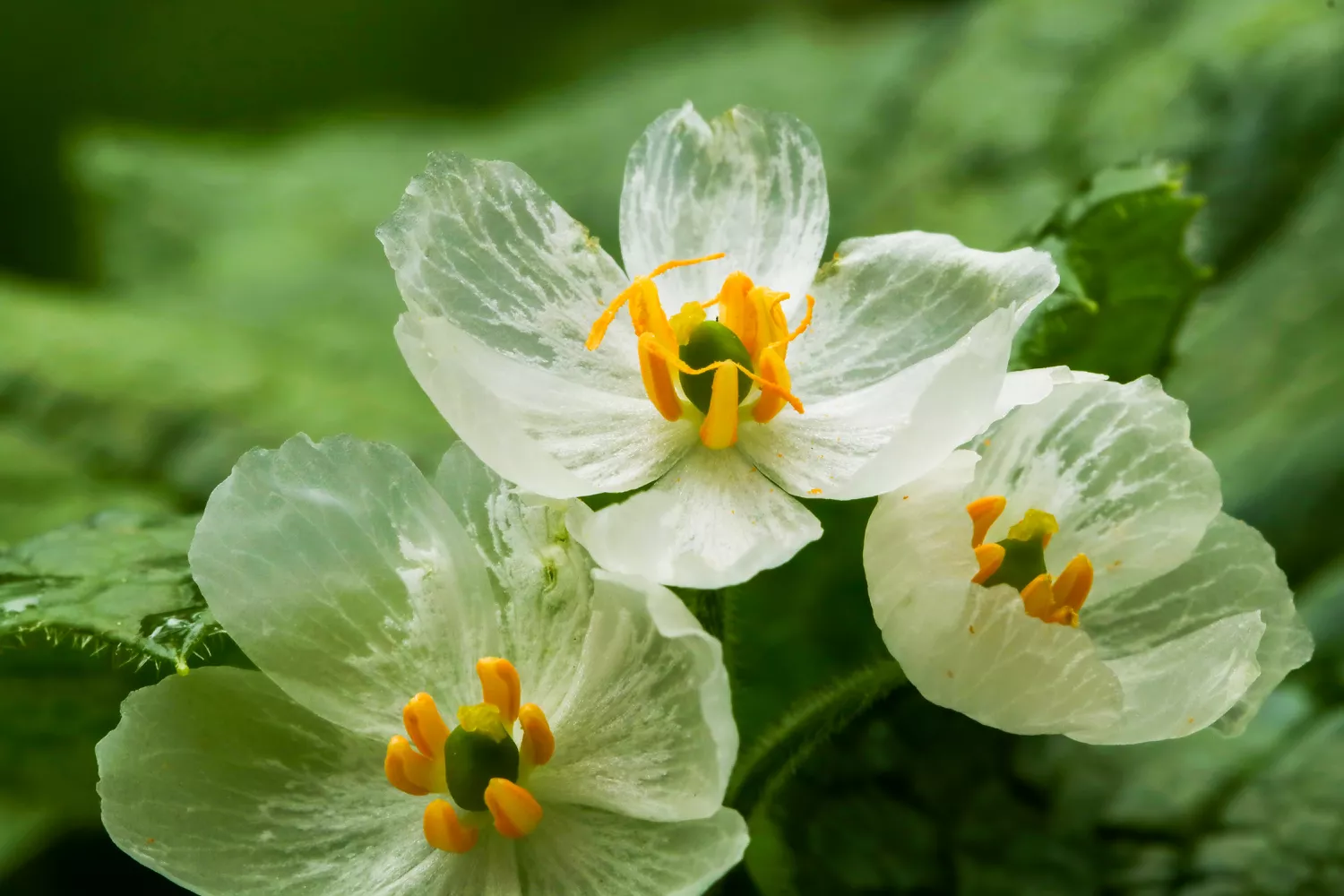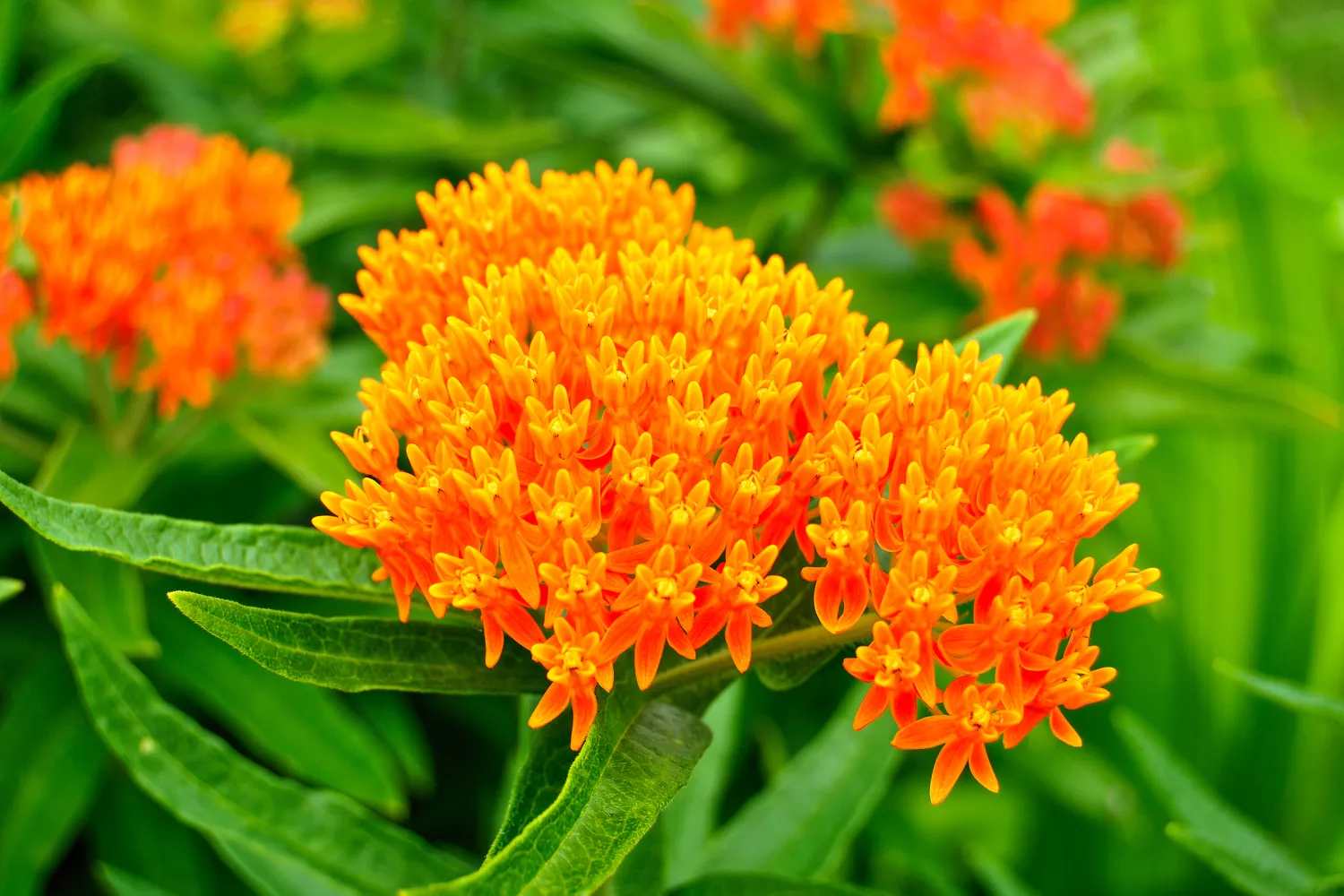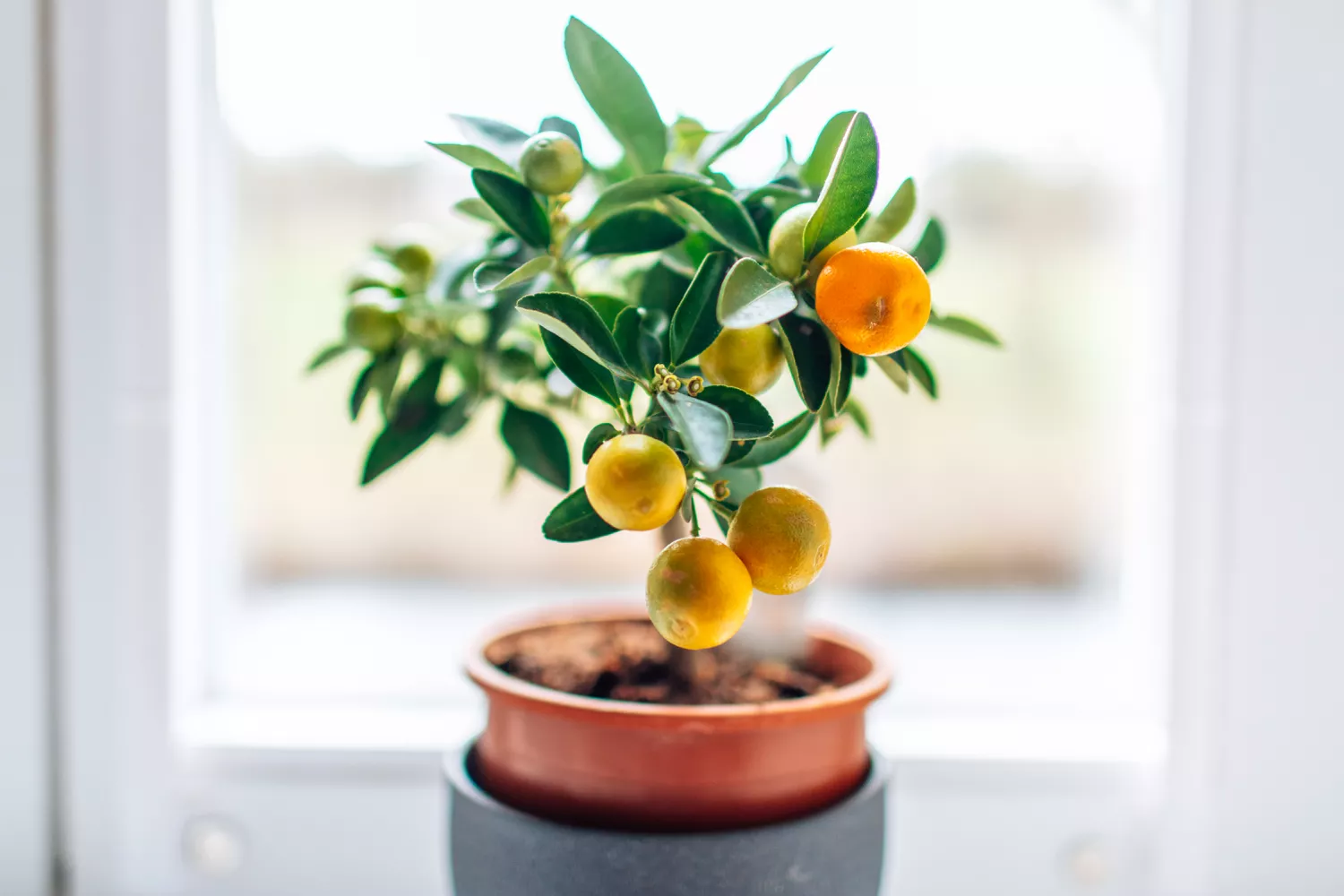
You’re living in your dream house, other than for something: Deer are devouring your shrubs. Guess what? You’re living in their dream home, too. Thankfully, peaceful coexistence is possible. It simply takes the best deer-resistant shrubs, a deep list of techniques, and an understanding of your truths.
Christine E. Coker, PhD, a city horticulturalist with Mississippi State University, studied the feeding practices of white-tailed deer as graduate student. “Every time someone would say, ‘Try this plant, a deer will never consume it,’ they consumed it,” she states.
That said, there are shrubs that a lot of deer tend to bypass, at least under regular circumstances. Ahead, we describe what to look for in deer-proof plants (tough, aromatic alternatives are best), additional ways to hinder deer from traipsing through your backyard, and an extensive list of shrubs these animals tend to pass on.
Why Certain Shrubs Deter Deer
Shrubs that are tough or especially aromatic are normally not deer-pleasers. “Something that’s very tough is not going to be their very first option if there’s something much better,” Coker says.
That knowledge gets passed along from a mother deer to her offspring as they graze together, includes Coker’s coworker, wildlife expert Bronson Strickland. And similar to individuals, individual deer and deer families have different choices. Part of your challenge, then, is identifying what the deer browsing your community like and do not like or require in their diets.
That’s been the experience of Rebecca Tegland, owner of Ederland Gardens Landscaping in Wisconsin’s Northwoods. “A plant that the deer won’t eat at one consumer’s home may get eaten right now at another customer’s house, even if it’s just down the road,” she states. Bottom line: Finding your best choices can take some experimentation.
Other Ways to Deter Deer From Eating Your Plants
Set another animal on the task: A household canine can help encourage deer that your yard isn’t the best location to remain. “Just as long as the canine is outside during the day for a while, the deer understand it’s there,” Tegland states. “It really helps a lot.”
Sprays, pellets, and sounds can also encourage deer to move on– but just for a time. “You’re going to continuously have to alter that out since deer are actually wise, and they get used to what it is that you’re utilizing,” Coker says. That may happen in as little as 24 hours or as long as a couple of weeks, depending upon how starving are and even how thirsty the deer in your area are, given that they’ll also eat a plant for its wetness during a dry spell.
Planting a few deer-resistant shrubs, however, can’t injure. Coker, Strickland, and Tegland advise offering these alternatives a try.
“This shrub does truly well in the shade,” she says. And I’ve nearly never ever seen a deer eat it.”



